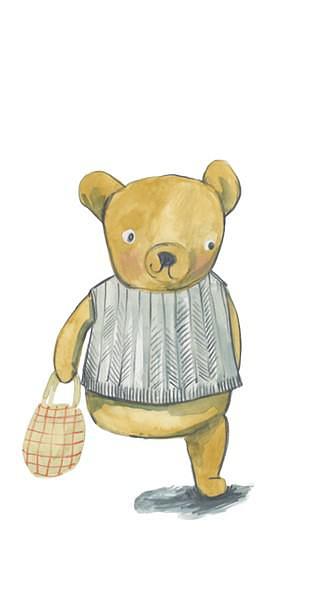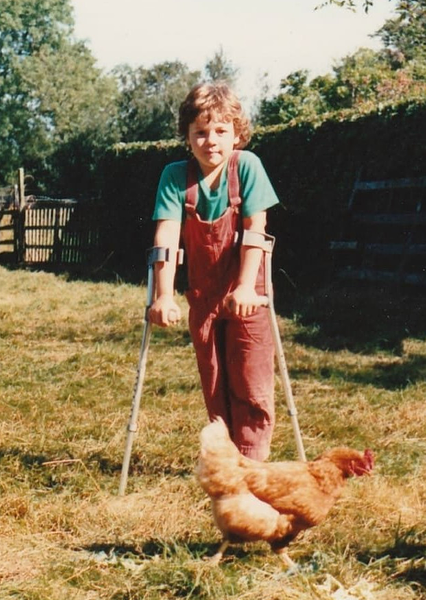Looking for all Articles by James Catchpole?
Author James Catchpole on What Happened to You? and disability in children's books
James Catchpole shares the origins of his and Karen George's picture book What Happened to You? and how to portray disability in children's books
I never intended to write a book, least of all a book about me. I'm an agent(this link will open in a new window) for children's writers and illustrators, and in that role I work editorially: I help other people shape their stories and sometimes I even contribute a line or two. But I never imagined I'd have a story of my own to tell.
Then an author-illustrator called Karen George sent me a story about a teddy bear with one leg.

And I couldn't help but be intrigued, because I have one leg. Pretty much always have done.

The origins of What Happened to You?
Poor Karen. She had no idea. Well, not until she googled and found a video of me doing crossbar trickshots(this link will open in a new window) (amputee football – it's a thing). But by then it was too late, and I was already telling her how her teddy-bear story didn't ring true, from an actual one-legged perspective. And then I was suggesting I might write the words – a whole new story for her pictures. And the bear became Joe, and the book became What Happened to You?
.jpg)
I'll always be thankful for Karen's open-minded generosity, as well as for the fabulous pictures she drew, and I am NOT including her in this next bit alongside Shakespeare and Dickens, which is actually a kindness – you'll see.
Because here's the thing.
Non-disabled authors have always written disabled characters, from Richard III to Tiny Tim.
But those characters have nothing to do with the reality of disability.
They use disability as a very effective narrative device, to evoke pity and tragedy, revulsion and malevolence, or inspiration and triumph.
The reality of disability
Children's authors tend to have better intentions: sometimes, they notice the lack of representation out there, and try to fill a gap. And sometimes their stories win critical praise, and become bestsellers, and even Hollywood movies. But you can make a strong case that those stories still have nothing to do with the reality of disability: they've just given us Tiny Tim again, in modern clothes and modern prose.
So how do we provide children with stories that show the reality of disability? First and foremost, we need stories with disabled characters written by disabled writers. Those characters will give us a whole new perspective, one hardly ever seen in literature before. I'm pleased to say that my industry – children's publishing – is already taking steps to address this. It's exciting.
The other side of the coin is that we need to set new standards for non-disabled authors, when writing disabled characters. Disability is a specialist field of knowledge, like, say, brain surgery. If you're going to write a brain surgeon, and you aren't one, you'd do your research. The same should be true for a non-disabled author writing a wheelchair-user. The accumulated tropes knocking about in our collective unconscious are no longer enough. They may make for a compelling story, but they can do active harm in the real world.
Not unlike amateur brain-surgery, in fact.